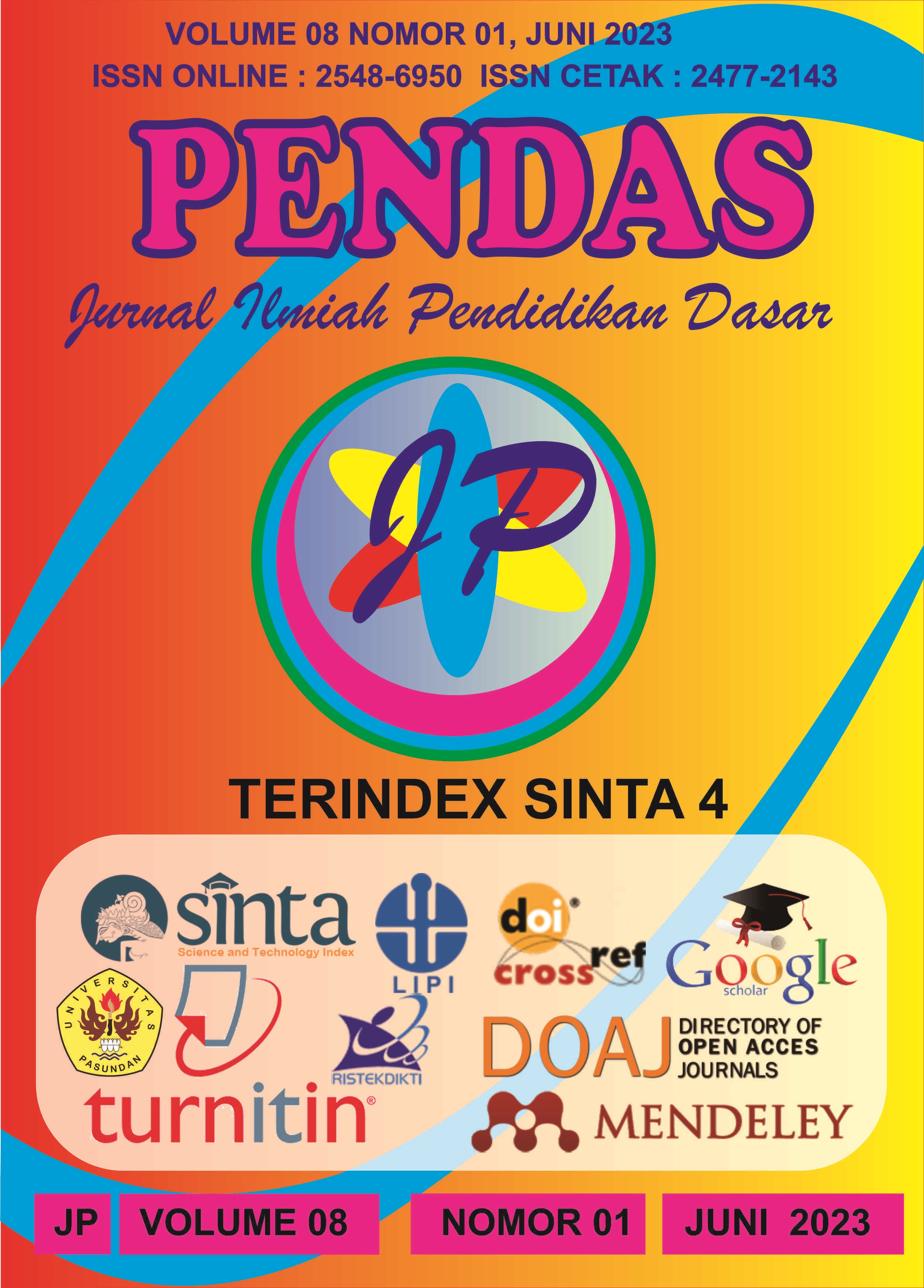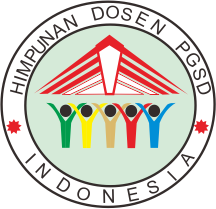ALTERNATIF PENGGUNAAN MODEL BLENDED LEARNING UPAYA DALAM PENINGKATAN HASIL BELAJAR MATEMATIKA PENDIDIKAN SEKOLAH DASAR
DOI:
https://doi.org/10.23969/jp.v8i1.8729Keywords:
Blended Learning, Mathematics, Learning OutcomesAbstract
This study aims to describe how the application of the Blended Learning learning model improves Mathematics learning outcomes on fractional arithmetic operations for fifth-grade students at Oro Oro Ombo Public Elementary School, Madiun City. Technological developments in the 21st century have contributed greatly to advancing the quality of learning in the field of education. This technological development is realized through various efforts and utilization of available technology, such as providing Chromebook-based learning tools for children's learning facilities in schools. This tool is used as a learning medium and can be used in blended learning. The benefits of using Chromebooks in learning mathematics at Oro Oro Ombo Madiun Elementary School show that students are given space for independent study and access to applications to search for material and send personal work results. This type of research is Classroom Action Research (CAR). The stages in this PTK are carried out in three cycles. The subjects in this study were 20 students in class V of Oro Oro Ombo Public Elementary School, Madiun City. The increase in student learning outcomes in learning fractions with the denominator is not the same as the blended learning model in each cycle can be seen from the pre-cycle average score of 58.60 with a learning completeness percentage of 30% in the pre-cycle, while the average in the first cycle is 64, 58 with a learning completeness percentage of 55% and in cycle II the average value was 86.25 with a learning completeness percentage of 85%.Downloads
References
Abdullah, W. (2018). Model blended learning dalam meningkatkan efektifitas pembelajaran. Fikrotuna, 7(1), 855–866.
Ananda, Rizki. "Penerapan pendekatan realistics mathematics education (RME) untuk meningkatkan hasil belajar matematika siswa sekolah dasar." Jurnal Cendekia: Jurnal Pendidikan Matematika 2.1 (2018): 125-133.
Bezhovski, Z. (2016). The Evolution of E-Learning and New Trends. Journal of Information and Knowledge, 6(3): 50–57.
Chaeruman, UA. 2017. PEDATI. Model Sistem Pembelajaran Blended. Panduan Merancang Mata Kuliah Daring SPADA Indonesia. Direktorat Pembelajaran. Direktorat Jenderal Pembelajaran dan Kemahasiswaan Kementerian Riset, Teknologi, dan Pendidikan Tinggi.
Depdiknas. 2001. Pedoman penyusunan Karya Tulis Ilmiah di Bidang Pendidikan dan Angka Kredit Pengembangan Profesi Guru. Jakarta: Direktorat Tenaga Kependidikan Ditjen Dikdasmen Depdiknas.
Fitriah, M. (2020). Transformasi Media Pembelajaran pada Masa Pandemi Covid-19. Liputan6.Com. https://www.liputan6.com/citizen6/read/4248063/ opini-transformasi-media-pembelajaranpada-masa-pandemi-covid-19
Jamaluddin, Awal Akbar, Wasis Djoko Dwiyogo, and Eko Hariyanto. "Pembelajaran senam berbasis Blended Learning guna meningkatkan hasil belajar." Jurnal Pendidikan: Teori, Penelitian, dan Pengembangan 3.10 (2018): 1373-1382.
Masitoh, Siti. (2018). Blended Learning Berwawasan Literasi Digital Suatu Upaya Meningkatkan Kualitas Pembelajaran dan Membangun generasi emas 2045. Proceedings of the ICECRS, 1(3).
Mokhtar, Umaimah Binti. "The Impact of Flexible and Blended Learning on Student Performance in A Computer Application Course (Dbc 2012):
Downloads
Published
Issue
Section
License
Copyright (c) 2023 Pendas : Jurnal Ilmiah Pendidikan Dasar

This work is licensed under a Creative Commons Attribution 4.0 International License.



















